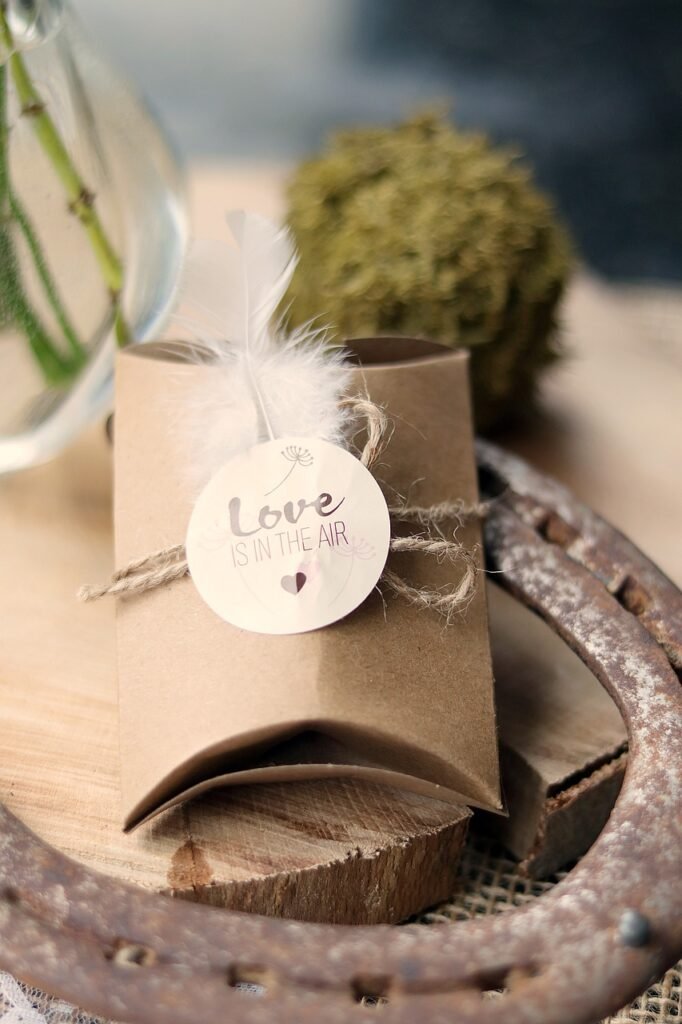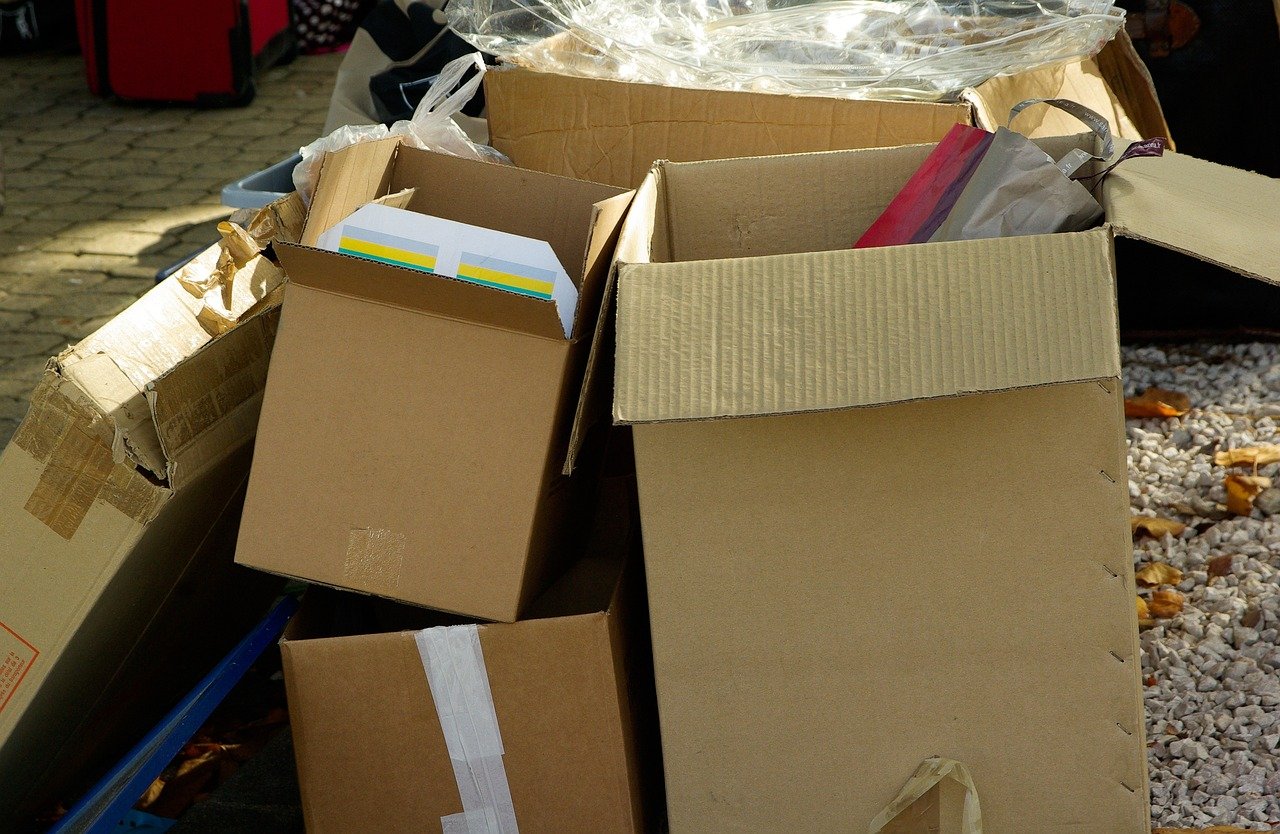Welcome to an informative article about enhancing shelf life with effective food and beverage packaging. The right packaging plays a crucial role in preserving the freshness and quality of your favorite snacks and drinks. From innovative materials to improved designs, packaging solutions are continuously evolving to ensure products stay fresh for longer periods of time. Let’s dive into the world of packaging for food and beverages and explore how it can help extend the shelf life of your favorite treats.
Are you tired of your food and beverages going bad too quickly?
Have you ever had the frustration of bringing home groceries only to have them spoil before you get a chance to enjoy them? The effectiveness of packaging plays a significant role in the shelf life of your food and beverages. Let’s explore how enhancing packaging can help prolong the freshness and quality of your favorite products.
Understanding the Relationship Between Packaging and Shelf Life
Packaging serves as the first line of defense against external factors that can contribute to the degradation of food and beverages. From exposure to oxygen and light to the transmission of moisture and heat, the right packaging materials and design can make all the difference in preserving the integrity of your products. By understanding how packaging impacts shelf life, you can make informed choices that will benefit both your wallet and taste buds.
Factors that Influence Shelf Life
Before delving into the specifics of food and beverage packaging, it’s essential to understand the various factors that influence shelf life. These factors can be categorized into two main groups: intrinsic and extrinsic.
Intrinsic Factors
Intrinsic factors are internal to the food or beverage product itself and include:
- pH levels
- Water activity
- Nutrient content
- Presence of natural antimicrobial compounds
Understanding the intrinsic factors of your products can help determine the type of packaging that will best preserve them.
Extrinsic Factors
Extrinsic factors refer to external variables that can impact the shelf life of food and beverages, such as:
- Temperature
- Humidity
- Light exposure
- Oxygen levels
By taking into account both intrinsic and extrinsic factors, you can tailor your packaging choices to create an optimal environment for your products.
The Role of Packaging in Preserving Freshness
Packaging serves several crucial functions in extending the shelf life of food and beverages. Let’s explore how different packaging materials and designs can play a role in preserving freshness.
Barrier Properties
Barrier properties refer to a packaging material’s ability to prevent the transfer of gases, moisture, and light. By choosing packaging with excellent barrier properties, you can limit the exposure of your products to external factors that can lead to spoilage.
Microbial Protection
Microbial protection is essential in preventing the growth of harmful bacteria that can cause foodborne illnesses. Packaging materials with antimicrobial properties can help inhibit microbial growth and preserve the safety of your food and beverages.
Physical Protection
Physical protection is another critical function of packaging, especially for fragile or perishable items. By providing a barrier against impact, crushing, and punctures, packaging can prevent physical damage that may accelerate product deterioration.
Modified Atmosphere Packaging
Modified atmosphere packaging (MAP) involves altering the gas composition inside a package to extend the shelf life of food and beverages. By controlling the levels of oxygen, carbon dioxide, and nitrogen, MAP can slow down the oxidation and spoilage processes, keeping your products fresh for longer.

This image is property of pixabay.com.
Common Types of Packaging for Food and Beverages
When it comes to packaging food and beverages, there are several common types to choose from. Each type offers unique benefits and is suited for specific products. Let’s take a closer look at some of the most popular packaging options available.
Flexible Packaging
Flexible packaging, such as pouches and bags, is lightweight, durable, and customizable. It is suitable for a wide range of food and beverage products, offering convenience and ease of use for consumers.
Rigid Packaging
Rigid packaging, including bottles and containers, provides enhanced protection and visibility for products. It is often used for beverages, dairy products, and snacks that require a sturdy and stackable packaging solution.
Vacuum Packaging
Vacuum packaging removes air from the package before sealing, creating a vacuum environment that helps preserve freshness. This packaging method is commonly used for meats, cheese, and other perishable items that benefit from extended shelf life.
Cans and Jars
Cans and jars offer airtight seals and robust protection against external elements. They are ideal for products that require long-term shelf stability, such as canned goods, jams, and sauces.
Tetra Pak
Tetra Pak is a popular packaging option for liquid products, such as milk, juice, and soups. It features multiple layers of materials that provide excellent barrier properties and protection against light and oxygen.
Sustainable Packaging Solutions for a Greener Future
In today’s environmentally conscious world, sustainable packaging solutions have gained traction as consumers and businesses alike seek to reduce their environmental footprint. Let’s explore some eco-friendly packaging options that can help you minimize waste and contribute to a greener future.
Biodegradable Packaging
Biodegradable packaging materials, such as compostable plastics and plant-based films, can break down naturally over time, reducing the accumulation of plastic waste in landfills and oceans. By opting for biodegradable packaging, you can support sustainability efforts and reduce environmental harm.
Recyclable Packaging
Recyclable packaging materials, such as glass, paper, and certain plastics, can be reused and repurposed, minimizing the need for virgin materials and reducing energy consumption. By choosing recyclable packaging, you can participate in the circular economy and promote resource conservation.
Reusable Packaging
Reusable packaging, such as stainless steel containers and silicone bags, offers a durable and long-lasting alternative to single-use plastics. By investing in reusable packaging solutions, you can cut down on waste generation and contribute to a more sustainable lifestyle.
Minimalist Packaging
Minimalist packaging focuses on reducing excessive packaging materials and simplifying design to minimize waste and environmental impact. By opting for minimalist packaging, you can prioritize functionality and sustainability without compromising on product quality.

This image is property of pixabay.com.
Tips for Choosing the Right Packaging for Your Products
Selecting the right packaging for your food and beverages is essential to ensure optimal freshness and quality. Here are some tips to help you make informed decisions when it comes to packaging your products effectively.
Consider the Nature of Your Products
Different products have varying requirements when it comes to packaging. Consider the perishability, sensitivity to light and oxygen, and storage conditions of your products to determine the most suitable packaging solutions.
Evaluate Shelf Life Requirements
Determine the desired shelf life of your products and select packaging materials that can help you achieve that goal. Factors such as barrier properties, microbial protection, and physical durability should be taken into account to prolong the freshness of your products.
Prioritize Sustainability
Choose packaging materials that align with your sustainability goals and values. Look for eco-friendly options that reduce environmental impact and support responsible consumption practices.
Test Packaging Performance
Conduct thorough testing of packaging materials to evaluate their performance under different storage conditions. Factors such as temperature, humidity, and light exposure can affect the effectiveness of packaging in preserving your products.
Conclusion
Enhancing shelf life through effective food and beverage packaging is a vital aspect of ensuring product quality and consumer satisfaction. By understanding the relationship between packaging and shelf life, exploring different packaging options, and prioritizing sustainability, you can make informed choices that benefit both your business and the environment. Remember to evaluate the specific needs of your products, test packaging performance, and stay informed about the latest trends in sustainable packaging solutions. With the right packaging strategies in place, you can enjoy fresher, longer-lasting food and beverages that delight your customers and contribute to a more sustainable future.
